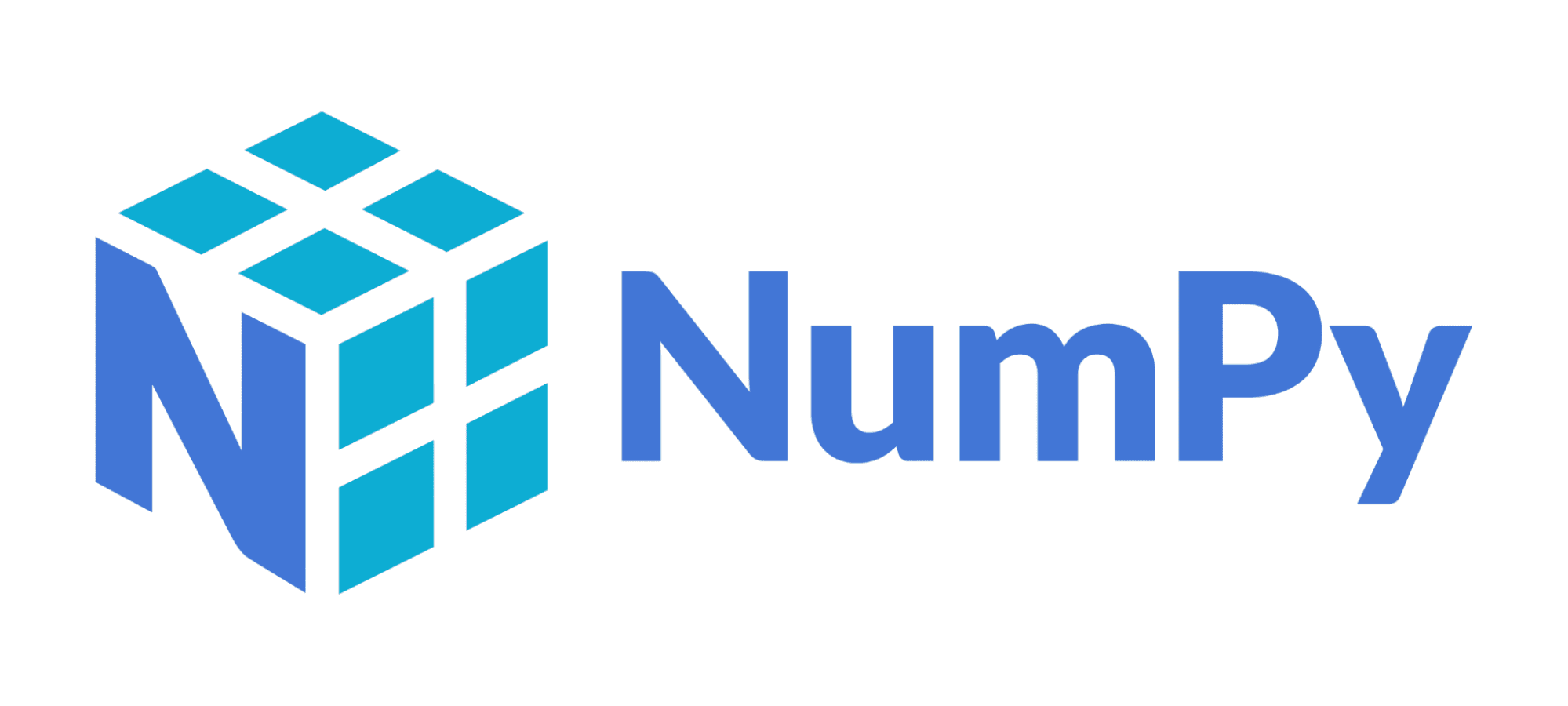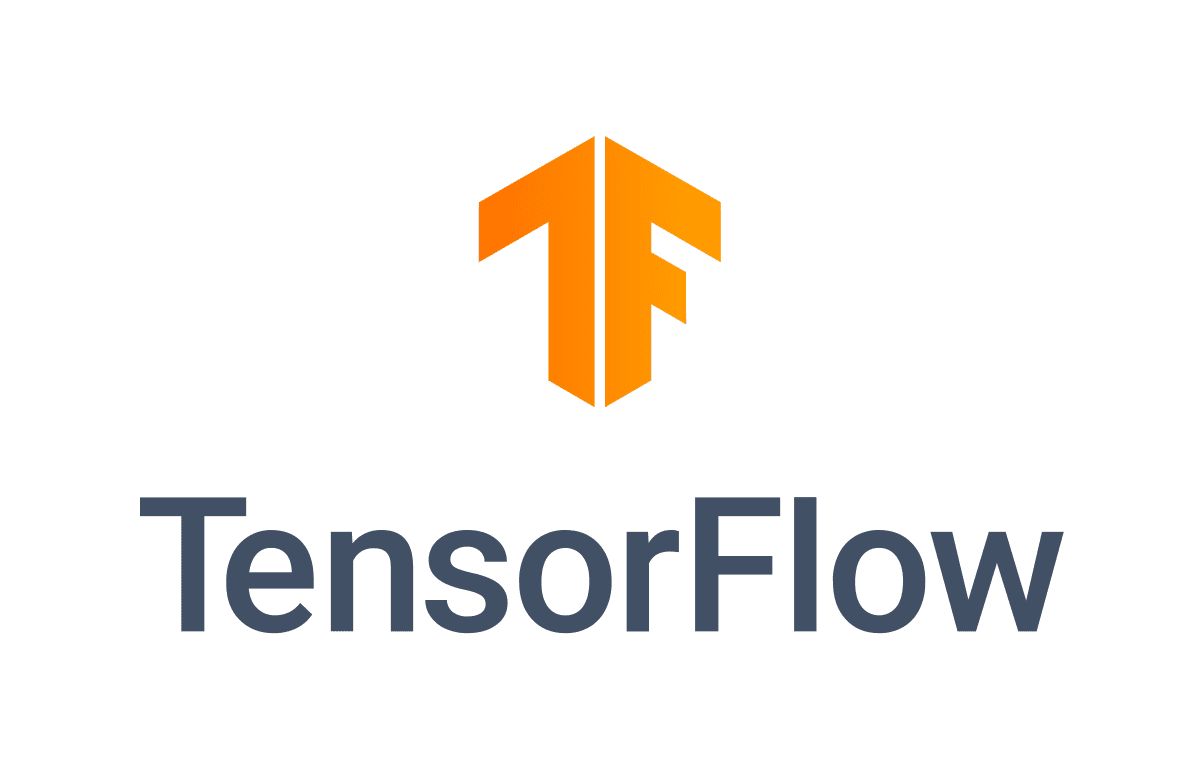
Python Libraries Data Scientists Should Know in 2022
Let’s have a look at the Python libraries that every data scientist should know in 2022, to maintain and improve their coding journey.
As more people enter the tech world trying to tackle Data Scientists, Data Analysts, Machine Learning Engineer roles, and more; the programming language Python becomes more popular. Due to its simplified syntax, the Python language is known to be one of the most accessible programming languages available.
As Data Science becomes more popular, there are new libraries that are being released to help solve the challenges faced in Data Science. It can be very overwhelming to learn the ins and outs of libraries; however, there are some that are vital to our learning.
Below are Python libraries that every Data Scientist should know in 2022, to maintain and improve their coding journey.
Pandas

Source:
Pandas was created by Wes McKinney in 2008, as a Python library for data manipulation and analysis. Wes McKinney built Pandas based on their need for a powerful and flexible analysis tool.
Pandas can deal with:
- Handling missing data (represented as NaN)
- Flexible reshaping and pivoting of datasets
- Indexing, manipulation, renaming, merging, and joining of datasets
- Time series-specific functionality
- and much more
Core Task: Data Manipulation and Analysis
How to install Pandas: Pandas Installation
pip install pandas
Get the Book: Python for Data Analysis by Wes McKinney
NumPy

Source:
NumPy is another library used for Python, which is used for mathematical functions. It is popular in processing multidimensional array objects, and various derived objects (such as masked arrays and matrices) and is mostly used in machine learning computations. The software includes linear algebra, Fourier transform, and matrix calculation functions.
NumPy can deal with:
- Array operations such as add, multiply, cut, sort, index
- Working with linear algebra
- Basic slicing and advanced indexing in Numpy Python
- Adding/Removing/Sorting Elements
Core Task: Processing arrays, using mathematical functions
How to install NumPy: NumPy Installation
pip install numpy
SciPy

Source:
SciPy stands for Scientific Python. SciPy is a free and open-source Python library, which is a collection of mathematical algorithms and functions built mainly on the NumPy extension of Python.
SciPy:
- Can manipulate and visualize data
- contains a variety of sub-packages that help to solve the most common challenges and problems related to scientific computation.
- Can deal with linear algebra, integration, ordinary differential equations, calculus, and signal processing
- Is easy to use and understand and has a fast computational power.
- It can operate on an array of NumPy libraries.
Core Task: Solve scientific and mathematical problems
How to install SciPy: SciPy Installation
pip install scipy
conda install scipy
Matplotlib

Source:
Matplotlib is a numerical extension of NumPy, which is a cross-platform, data visualization and graphical plotting library for Python. It is used in conjunction with NumPy to provide an effective environment that is an open-source alternative for MatLab.
Matplotlib can:
- Create quality plots of data.
- Create Line charts, Scatter charts, Bar charts and histograms, Pie charts, Stem plots, Spectrograms
- Make interactive figures that can zoom in and out, pan, and update.
- Customize the style and layout of the visualisation.
- Export to different file formats
Core Task: Creating static, animated, and/or interactive visualizations in Python
How to install Matplotlib: Matplotlib Installation
pip install matplotlib
conda install matplotlib
GitHub: Matplotlib
Tutorials: Matplotlib tutorials
Books for further reading:
- Mastering matplotlib by Duncan M. McGreggor
- Interactive Applications Using Matplotlib by Benjamin Root
- Matplotlib for Python Developers by Sandro Tosi
Seaborn

Seaborn is a library that has been built on top of matplotlib and is closely integrated with pandas data structures. It provides a high-level interface for drawing attractive and informative statistical graphs using its plotting functions to help you further explore and understand your data.
Seaborn can:
- Create Scatter Plot. Histogram, Bar Plot, Box and Whiskers Plot, and more
- show a linear relationship between two or three data points
- comfortably handle Pandas’ data frames more than matplotlib
- Perform semantic mapping and statistical aggregation to produce informative plots.
Core Task: Making statistical graphics in Python
How to install Seaborn: Seaborn Installation
pip install seaborn
conda install seaborn
Scikit-learn

Source:
Scikit-learn is a free software machine learning library, that contains effective tools for machine learning and statistical modeling such as classification, regression, clustering, and dimensionality reduction.
The main benefits of sci-kit learn are that it is open-source, easy to use, properly documented, and versatile used.
Scikit-learn can be used in:
- Supervised learning and Unsupervised learning
- Clustering and Dimensionality Reduction
- Ensemble methods
- Cross-validation
- Feature extraction and selection
Core Task: Machine learning and statistical modeling
How to install Sci-kit Learn: Sci-kit Learn Installation
pip install scikit-learn
Further reading:
TensorFlow

Source:
TensorFlow was built by the Google Brain Team and is an open-source library for deep learning applications. Tensorflow also makes it easy to build deep learning models by helping developers create large-scale neural networks with many layers using data flow graphs.
TensorFlow can/have been used on:
- Voice and sound recognition
- Sentiment analysis, classifying texts
- Text applications such as Google Translate, Gmail, and more.
- Facial recognition such as Facebook Deep Face, Photo tagging, and more
Core Task: Develop and train models using Python
How to install TensorFlow: TensorFlow Installation
pip install tensorflow
Books for further reading:
- Hands-on Machine Learning with Scikit-Learn, Keras, and TensorFlow by Aurelien Geron
- Learning TensorFlow: A Guide to Building Deep Learning Systems by Itay Lieder, Tom Hope, and Yehezkel S. Resheff
- TensorFlow for Deep Learning: From Linear Regression to Reinforcement Learning by Bharath Ramsundar and Reza Bosagh
Nisha Arya is a Data Scientist and Freelance Technical Writer. She is particularly interested in providing Data Science career advice or tutorials and theory-based knowledge around Data Science. She also wishes to explore the different ways Artificial Intelligence is/can benefit the longevity of human life. A keen learner, seeking to broaden her tech knowledge and writing skills, whilst helping guide others.
